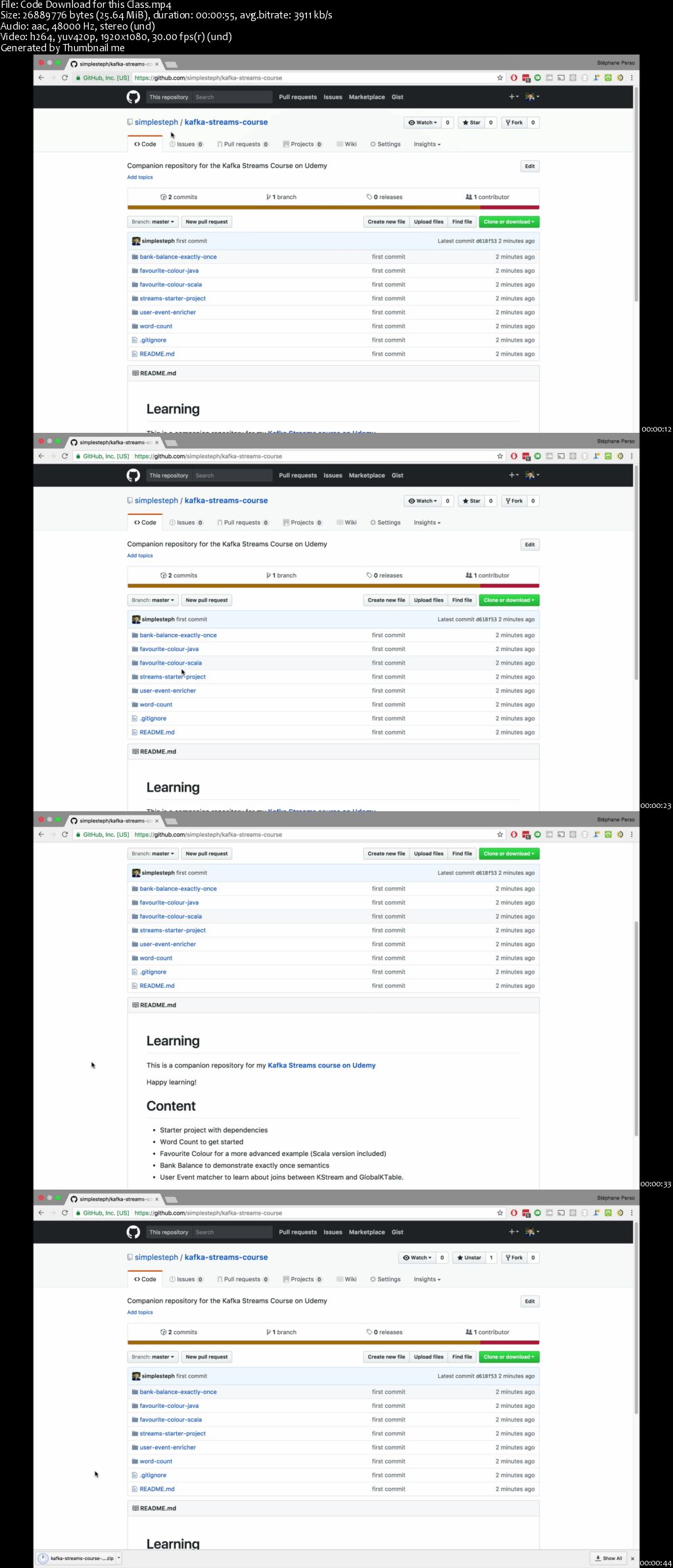
Kafka messages are durable by default, but have a retention period set by. The 4 Types of Apache Pulsar Subscription Message Retentionīoth Kafka and Pulsar can store messages indefinitely, though with slightly different methods. In Pulsar, consumers need to subscribe to topics, with messages pushed to subscribers. Though both systems transfer messages from producers to consumers via brokers, in Kafka messages are pulled from the server by consumers. The first difference we can observe between Pulsar and Kafka is related to how messages are handled. However, there are key differentiators that should influence the choice of platform. Given their similarities, it is unsurprising that Kafka and Pulsar could be deployed for the same use cases. However, Pulsar does support message queueing, unlike Kafka. The reliance on both BookKeeper and ZooKeeper gives Pulsar a more complicated architecture than Kafka overall, particularly once ZooKeeper is replaced. Apache Kafka also uses ZooKeeper, but this feature will be replaced in newer versions of Kafka. The architecture of Pulsar is very similar to Kafka’s, with Pulsar also having clusters that are collections of brokers.Ī typical Pulsar cluster will have three types of nodes: brokers receive and dispatch messages, BookKeepers handle persistent storage of messages, and ZooKeepers take care of coordination between nodes. Pulsar is cloud-native and multi-tenant, capable of scaling up or down dynamically without downtime. What is Apache Pulsar?Īpache Pulsar is a distributed messaging system that is also capable of handling message queueing. We will explore these differences further in the coming sections. Also, Kafka doesn’t have the concept of queues. Message storage architecture and message consumption style make Kafka significantly different from typical message brokers. Each partition is consumed by many consumers in parallel, with each consumer maintaining a unique view of the partition. Incoming events are written to a partition sequentially, enabling Kafka to achieve a higher write throughput. A partition holds a subset of events belonging to a topic. A Kafka cluster is a collection of brokers who organize events into topics and store them durably for a configurable time.Ī Kafka topic is divided into several partitions. What is Apache Kafka?Īpache Kafka is a distributed event streaming platform that can ingest events from different source systems at scale and store them in a fault-tolerant distributed system called a Kafka cluster.


Though the two platforms were originally designed to solve wholly different use cases, there are now plenty of similarities between the two, and each can accomplish many of the tasks of the other.
CONDUKTOR GUI APACHE KAFKA SERIES SOFTWARE
Like Kafka, Pulsar is maintained as an open-source solution by the Apache Software foundation. We’ve previously compared Kafka with RabbitMQ and ApacheMQ, but in this blog we’ll be looking at how Kafka compares with Apache Pulsar. However, it is not the only distributed messaging solution out there. Apache Kafka is the dominant platform for data streaming, with the majority of large enterprises maintaining a Kafka ecosystem.


 0 kommentar(er)
0 kommentar(er)
